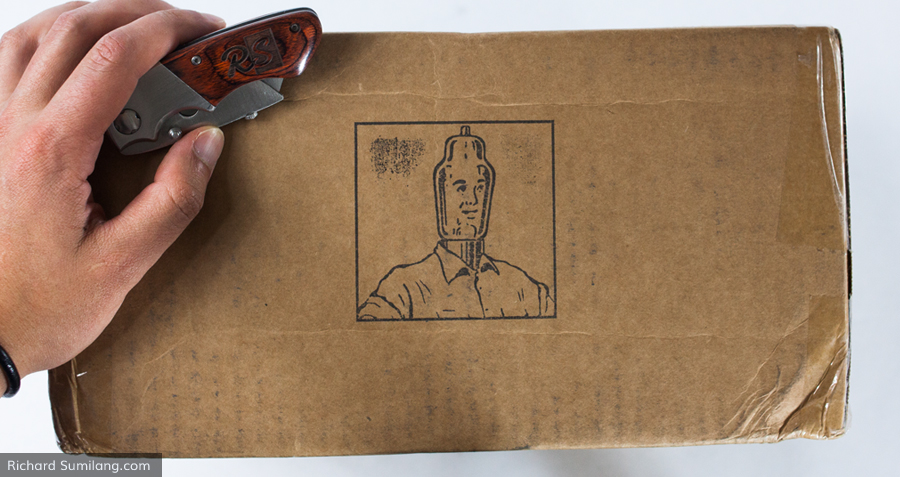
Bottlehead S.E.X. 2.1 Journey
Impedance Switch, C4S upgrade, and custom details.
After almost a month of waiting, my Bottlehead S.E.X. has finally arrived. This will be my first of many electronic DIY projects. I will detail the journey from start to finish. Including details like what tools I used, any problems I encountered, and any suggestions I come up with on the way. This blog series is sort of like an enhancement to the original guide provided with your Bottlehead S.E.X. purchase.
How it started
Originally I had ordered the Bottlehead Crack OTL Amplifier Kit with the Speedball Upgrade. This amplifier is widely known as a great way to get into audiophile DIY world and great for driving high impedance headphones like the Sennheiser HD 650‘s and Sennheiser HD 800‘s, which were the headphones I was rocking at the time. While there are plenty of other amplifiers out in the market, I chose to go this route for the sake of learning and building something which seems a lot more fun than just shelling out cash on amplifiers.
So why did I switch to the S.E.X.?
Simply because I like to experiment with a range of setup combinations, thus I look for versatility in my setups. That is where the Single Ended eXperiement comes in; or S.E.X. for short. I want the ability to use my amplifier with a wide range of headphones and power desktop speakers. The S.E.X. has an output impedance upgrade option that makes this easily possible. The S.E.X. defaults to your speakers when there isn’t a pair of headphones plugged into the jack. While I’m going all out, why not upgrade to the C4S load boards, right? Makes sense to me.
The beauty of it
One of the greatest benefits of DIY besides a fun project and learning, is the ability to customize everything to your liking. My amplifier at the end will not look like the stock Bottlehead S.E.X. pictures. This journey will include, varnishing, painting, and a custom nickeling job for a sweet hot rod look.
Conclusion
I will be posting a progress updates approximately once a week. As with everything else on this blog, we’re here to learn and experiment. There might be errors or perhaps some better way to do things. I would love to hear any questions or suggestions in the comments!
Stay tuned!
